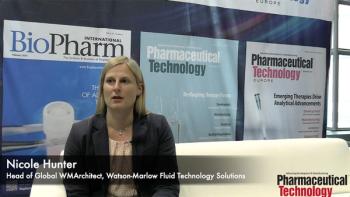
BioPharm International® sat down with Nicole Hunter, Watson-Marlow Fluid Technology Solutions’ head of Global WMArchitect at INTERPHEX 2024, to discuss the impact of single-use technologies on fluid-handling workflows in bioprocessing.
Feliza Mirasol is the science editor for Pharmaceutical Technology.

BioPharm International® sat down with Nicole Hunter, Watson-Marlow Fluid Technology Solutions’ head of Global WMArchitect at INTERPHEX 2024, to discuss the impact of single-use technologies on fluid-handling workflows in bioprocessing.
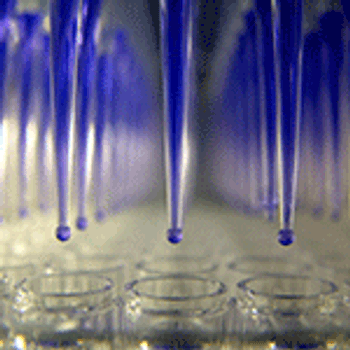
Appropriate analytical assays are needed to determine and ensure that biosimilar critical quality parameters are on track.
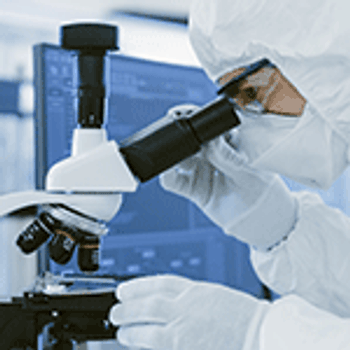
Safeguarding against microbial contamination requires rapid detection and innovative technology.

Tools such as manufacturing execution systems, artificial intelligence, and software innovations are useful for enhancing data integrity protection.
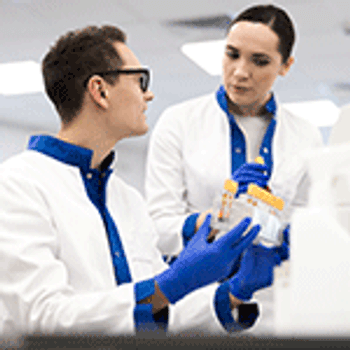
Bioanalytical studies are an important aspect of biologic drug development that may necessitate partnering with bioanalysis experts.
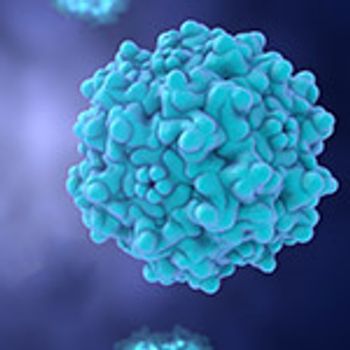
Viral vectors show promise as a delivery mechanism for gene therapy, but which virus types are commercially viable?
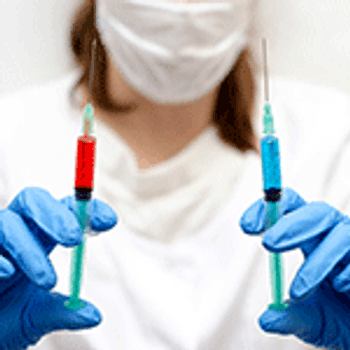
Demonstrating interchangeability can ensure biosimilar substitutability at the pharmacy level.
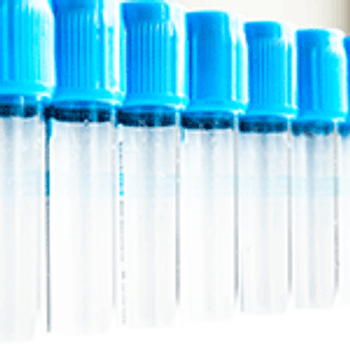
A variety of assays should be used to detect bacterial, fungal, and viral contaminants in the human source cells used for cell therapies.
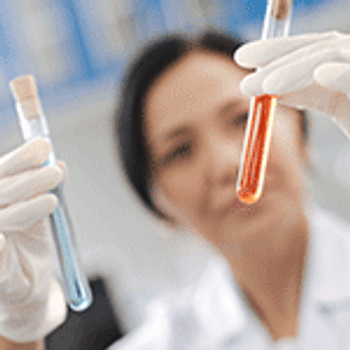
The future of raw material sourcing for mAb production may lay in the sustainability of the source and the added benefits of newer technologies.
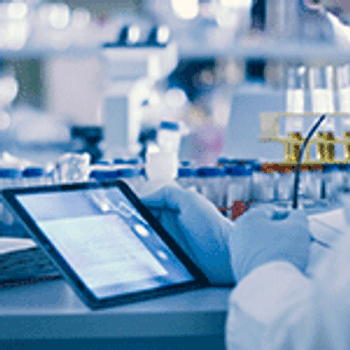
While new industry guidance documents issued by FDA speak to the agency’s efforts to promote the development of new gene therapies, certain hurdles remain to challenge stakeholders.
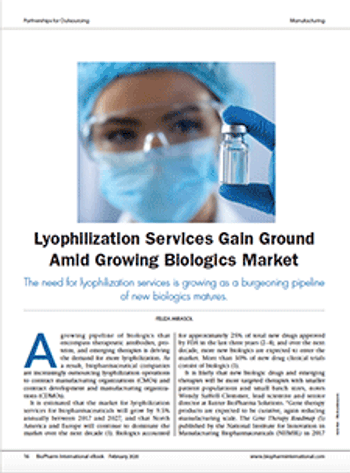
The need for lyophilization services is growing as a burgeoning pipeline of new biologics matures.

The trend toward personalized medicines includes more complex manufacturing cycles that can benefit from advanced process modeling early on in the therapeutics’ development.
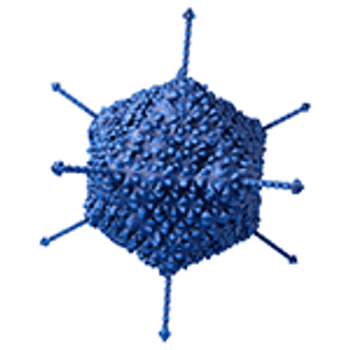
The production of viral vectors for use in gene therapy benefits from being able to use similar cell-culture processes as mAbs, but it faces limitations under current cell-culture technologies.
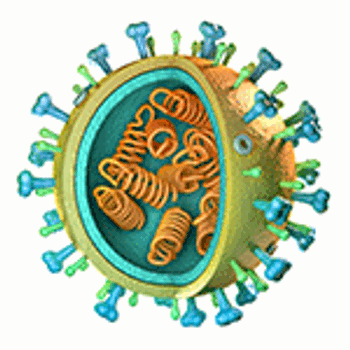
Developers need to transcend the limits of existing separation technologies, to maximize vector recovery while preserving therapeutic potency.
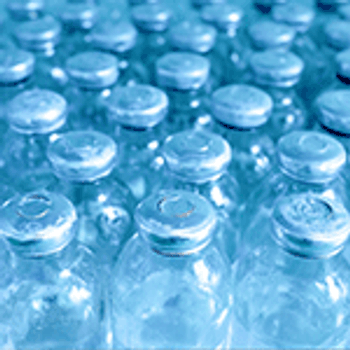
Temperature-sensitive biologics are lyophilized to preserve therapeutic viability, but the process presents complexities and challenges that are as yet not fully understood.

Industry experts debate the pros and cons of “going bigger” than the 2000-L industry norm in a single vessel.

The innovative spirit of biotech startups is a driving force behind the development of new therapeutic products, but building a successful biopharmaceutical company from the ground up has its risks and challenges.
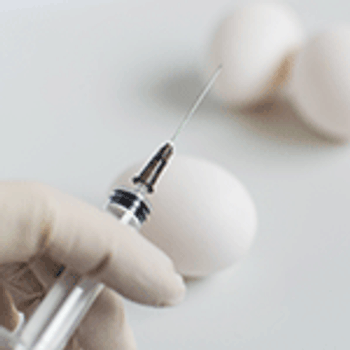
Limitations in traditional flu vaccine manufacturing methods underline the need for shifting to modern technologies.
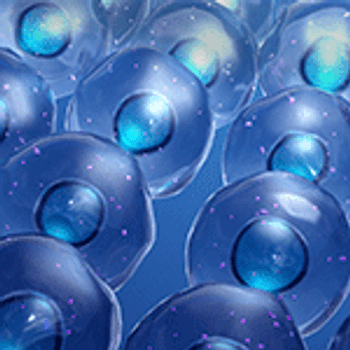
Manufacturing differences between traditional mAb therapies and newer biotherapeutics dictate whether processes should be scaled up, scaled out, or use an alternate approach for commercial production.

The use of scale-down models allows for the theoretical optimization of processes and for troubleshooting problems during the developmental stage.
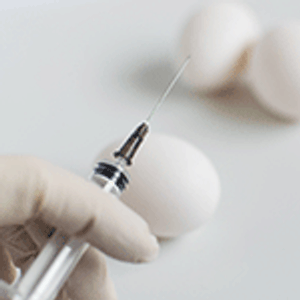
Published: November 1st 2019 | Updated:
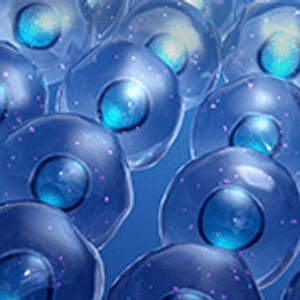
Published: November 1st 2019 | Updated:

Published: November 1st 2019 | Updated:

Published: December 1st 2019 | Updated:
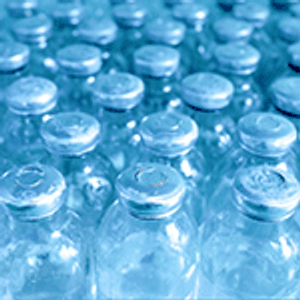
Published: January 1st 2020 | Updated:

Published: January 1st 2020 | Updated: